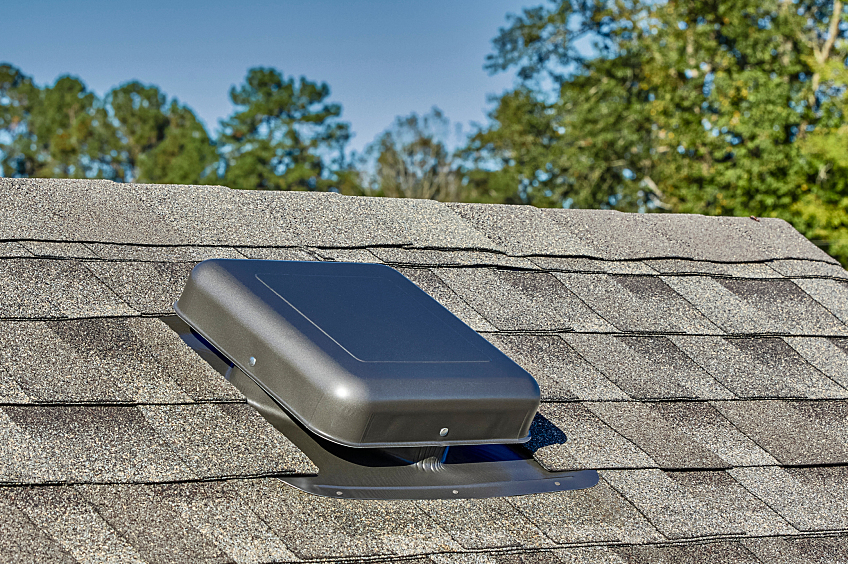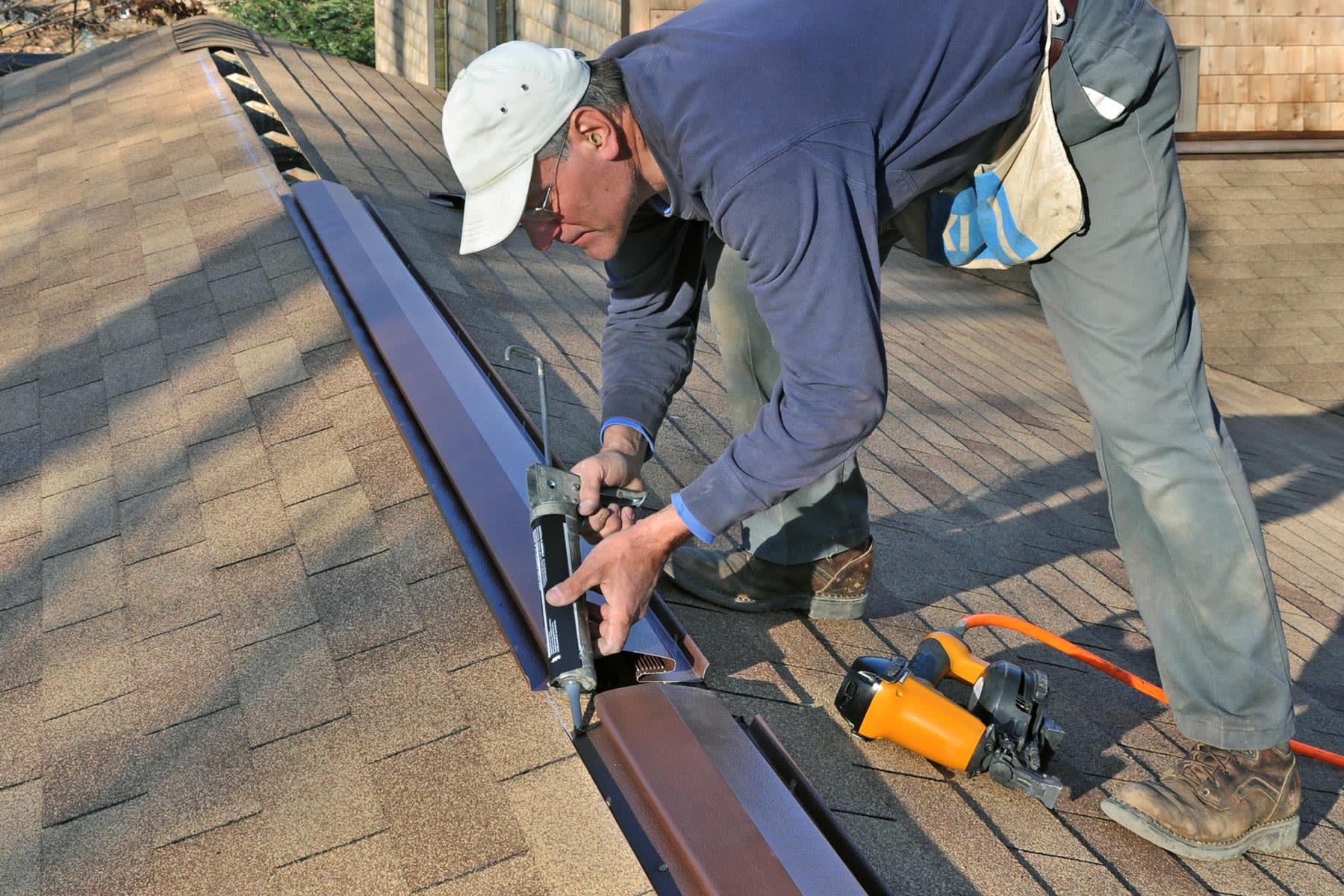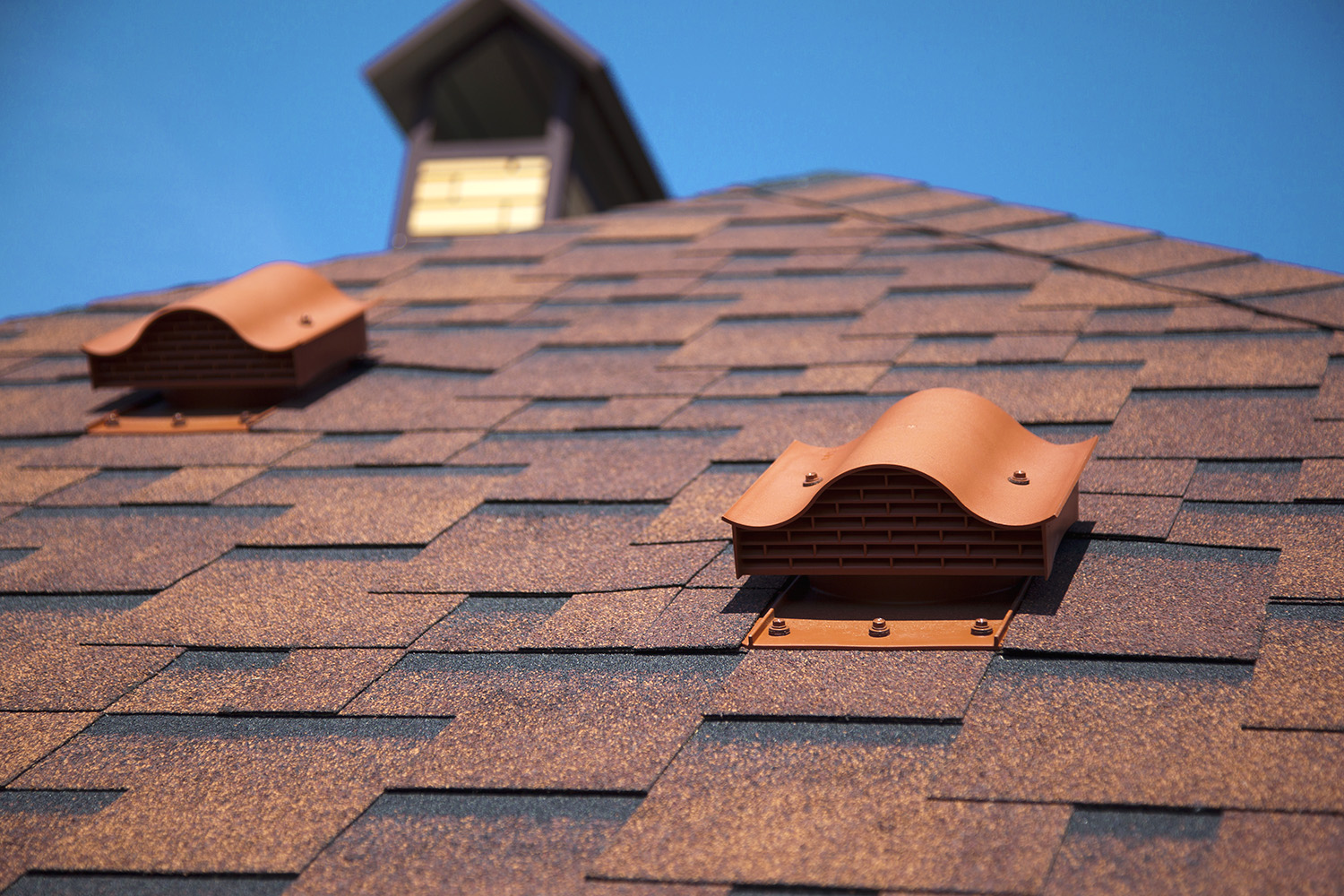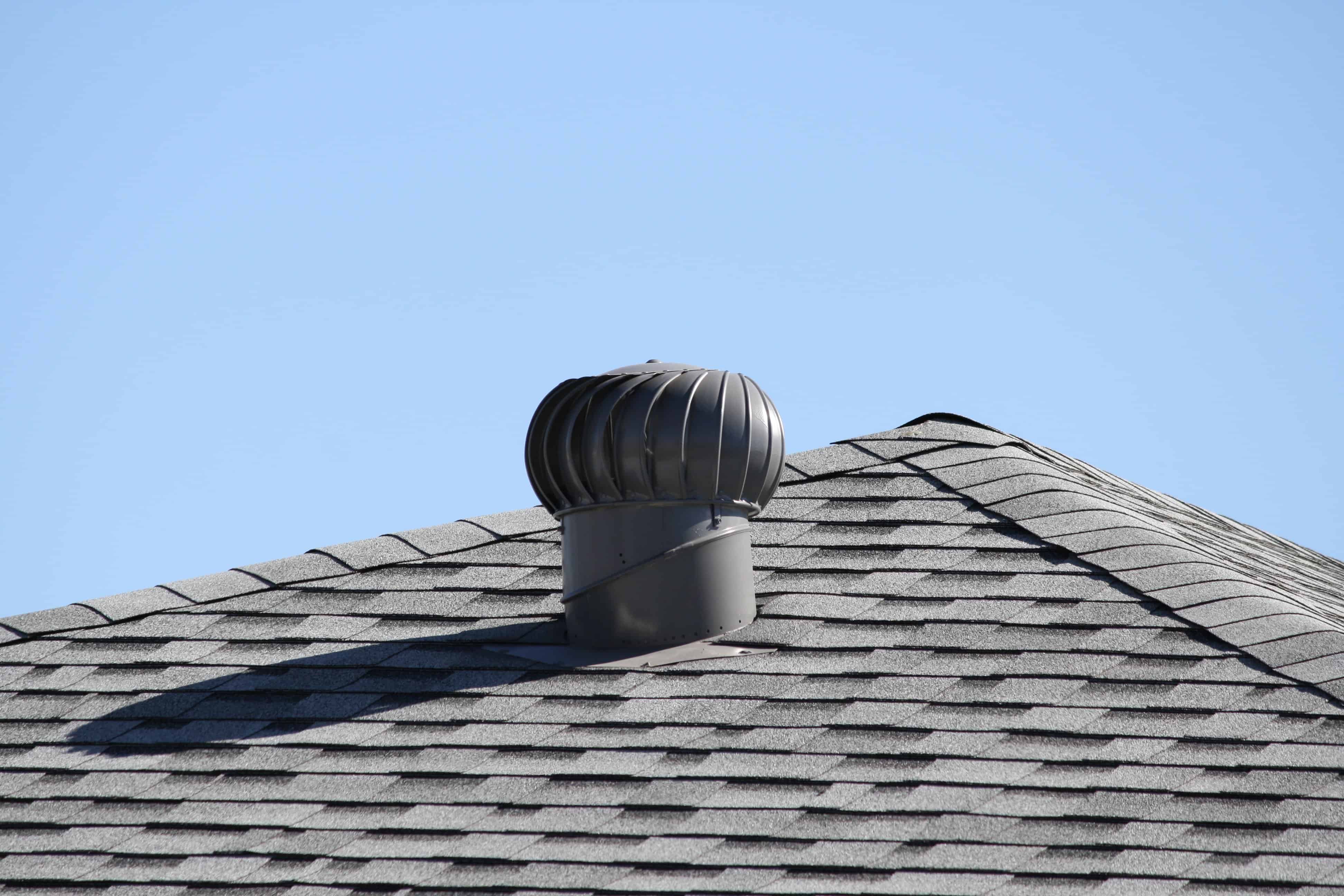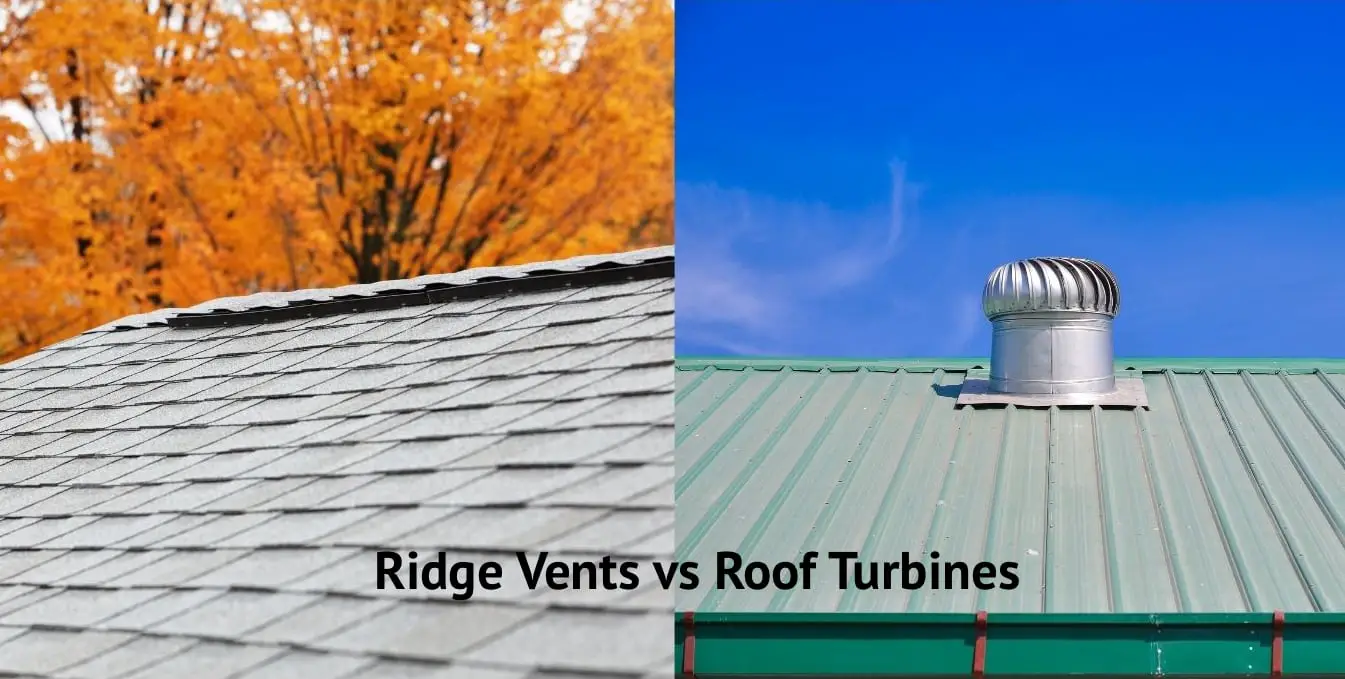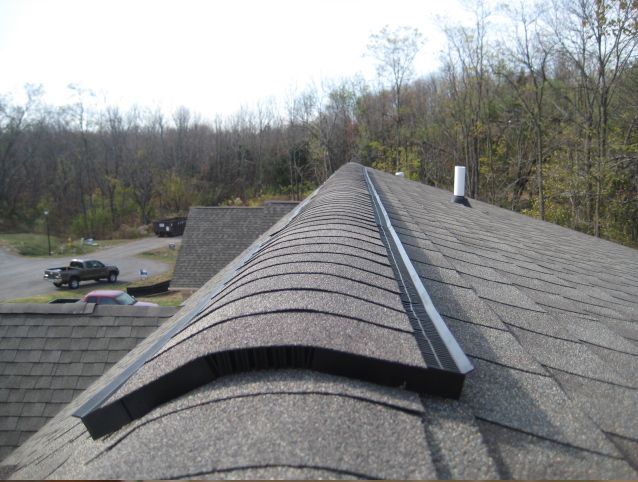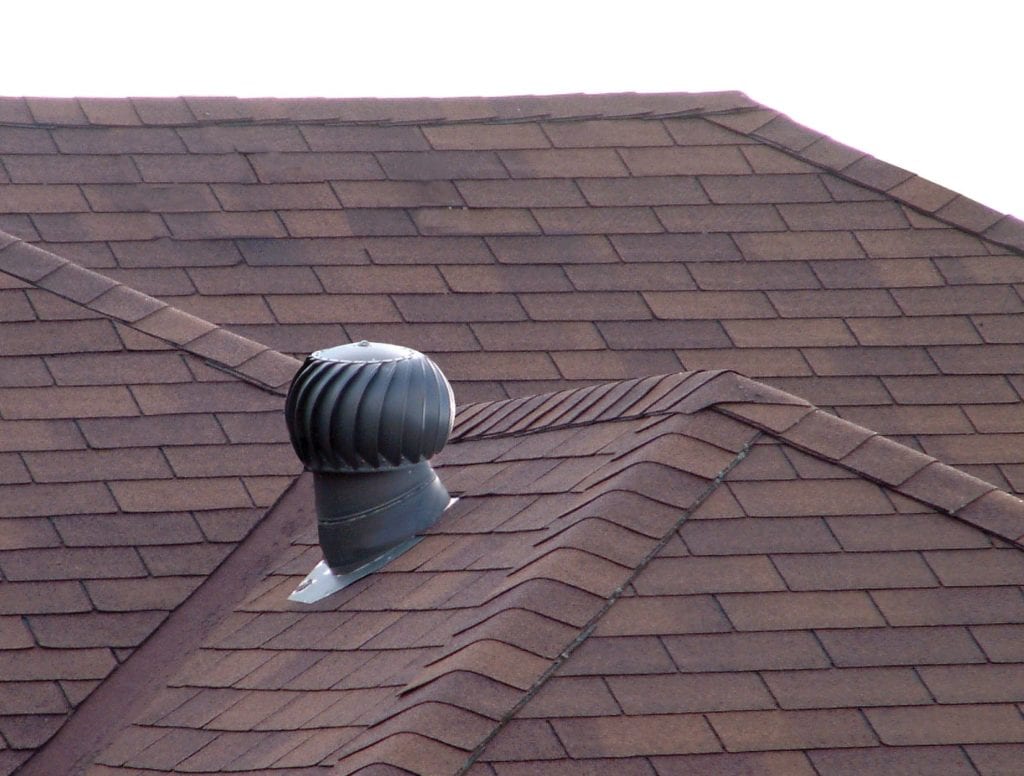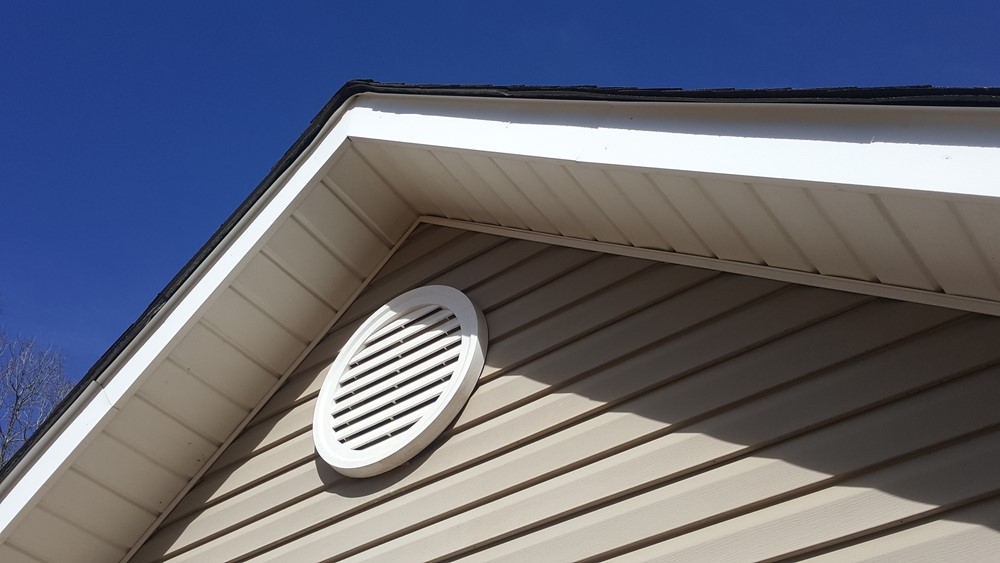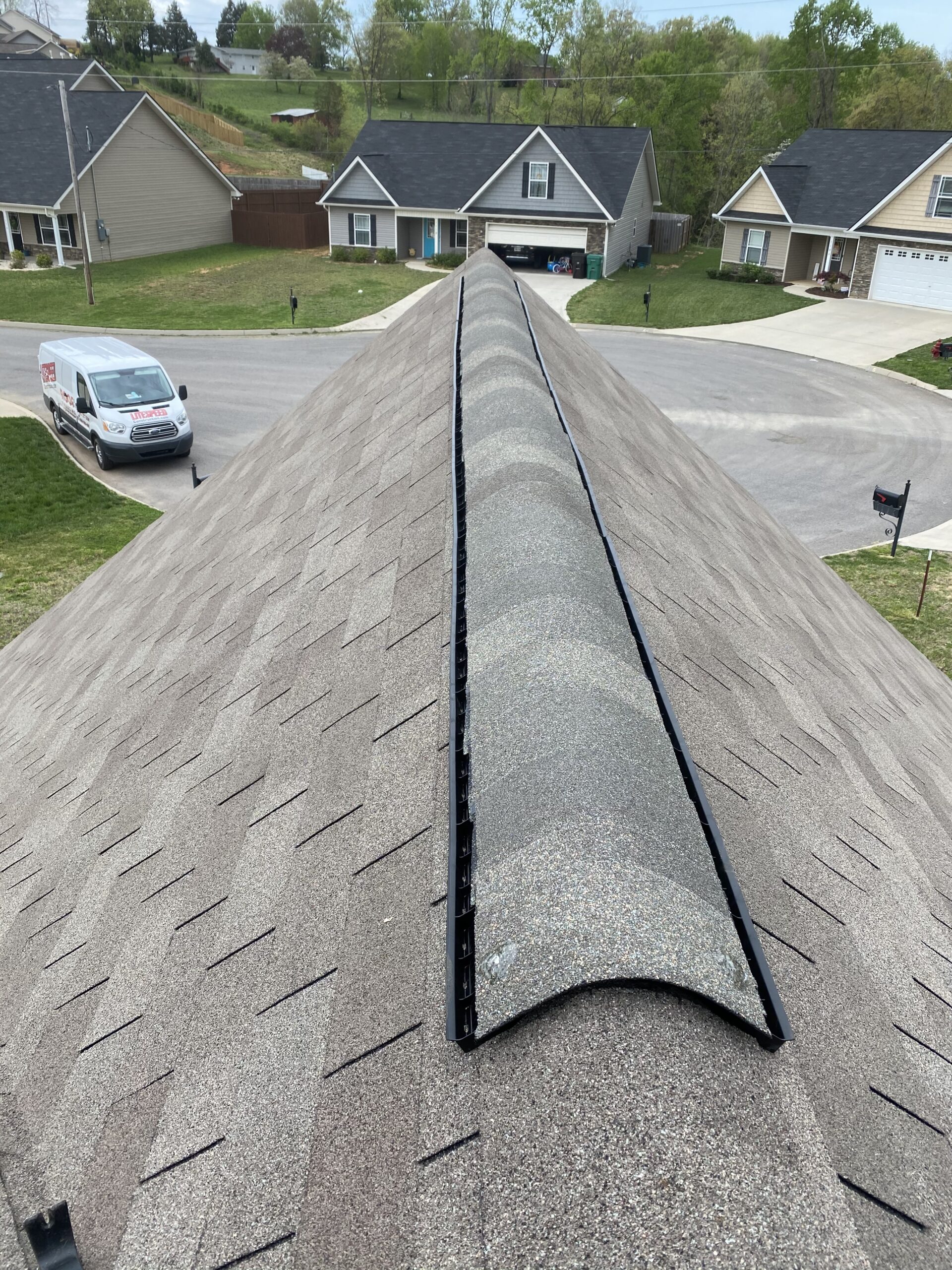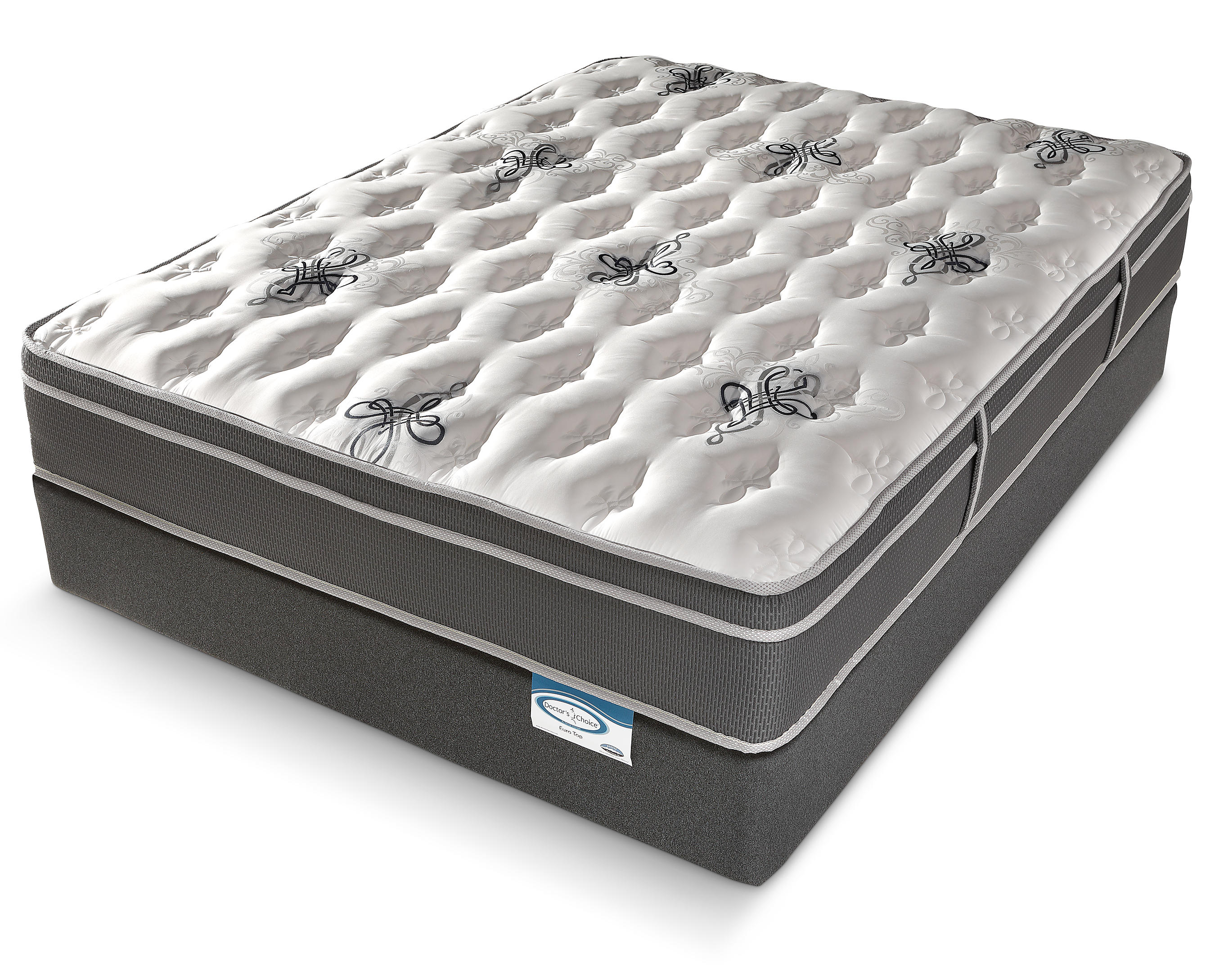When it comes to kitchen ventilation, there are two main options to choose from: roof vents and wall vents. Both have their own advantages and disadvantages, but which one is better for your home? In this article, we will explore the differences between roof vents and wall vents and help you make an informed decision for your kitchen.Roof Vents vs Wall Vents: Which is Better for Your Home?
The first major difference between roof vents and wall vents is the installation process. Roof vents require cutting a hole in your roof and installing a vent, which can be a labor-intensive and potentially dangerous task. On the other hand, wall vents only require a hole to be cut in the wall, making them much easier to install.1. Installation
The cost of installation is another factor to consider. Roof vents tend to be more expensive due to the additional materials and labor required, while wall vents are typically more affordable. However, the overall cost will depend on the specific type and brand of vent you choose.2. Cost
When it comes to efficiency, roof vents have the upper hand. Since they are installed on the highest point of the roof, they can effectively remove hot air and cooking odors from your kitchen. Wall vents, on the other hand, may not be as effective in removing these elements due to their lower placement on the wall.3. Efficiency
In terms of maintenance, both roof vents and wall vents require regular cleaning to ensure proper functioning. However, roof vents may require more frequent maintenance as they are more exposed to the elements and can get clogged with debris more easily.4. Maintenance
The appearance of your kitchen is another important consideration when choosing between roof vents and wall vents. Roof vents are more discreet as they are installed on the roof and can be easily hidden from view. Wall vents, on the other hand, are more visible and may not fit with the overall aesthetic of your kitchen.5. Aesthetics
Another factor to consider is the noise level of the vent. Roof vents tend to be quieter as they are installed further away from the kitchen, while wall vents may be louder due to their closer proximity. This may not be a concern for some, but if you have a smaller kitchen or are sensitive to noise, this is something to keep in mind.6. Noise
Roof vents are more weather-resistant than wall vents, as they are designed to withstand harsh weather conditions. This makes them a more reliable option, especially for those living in areas prone to strong winds or heavy rainfall.7. Weather Resistance
Before making a decision, it's important to consider the compatibility of your kitchen with both roof vents and wall vents. If your kitchen has a flat roof, a wall vent may be your only option. On the other hand, if you have a pitched roof, you can choose between roof vents and wall vents.8. Compatibility
Energy efficiency is becoming an increasingly important factor for homeowners. In this aspect, roof vents have the advantage as they can help reduce your energy costs by removing excess hot air and moisture from your kitchen. Wall vents may not be as effective in this regard.9. Energy Efficiency
The Importance of Proper Ventilation in Kitchen Design
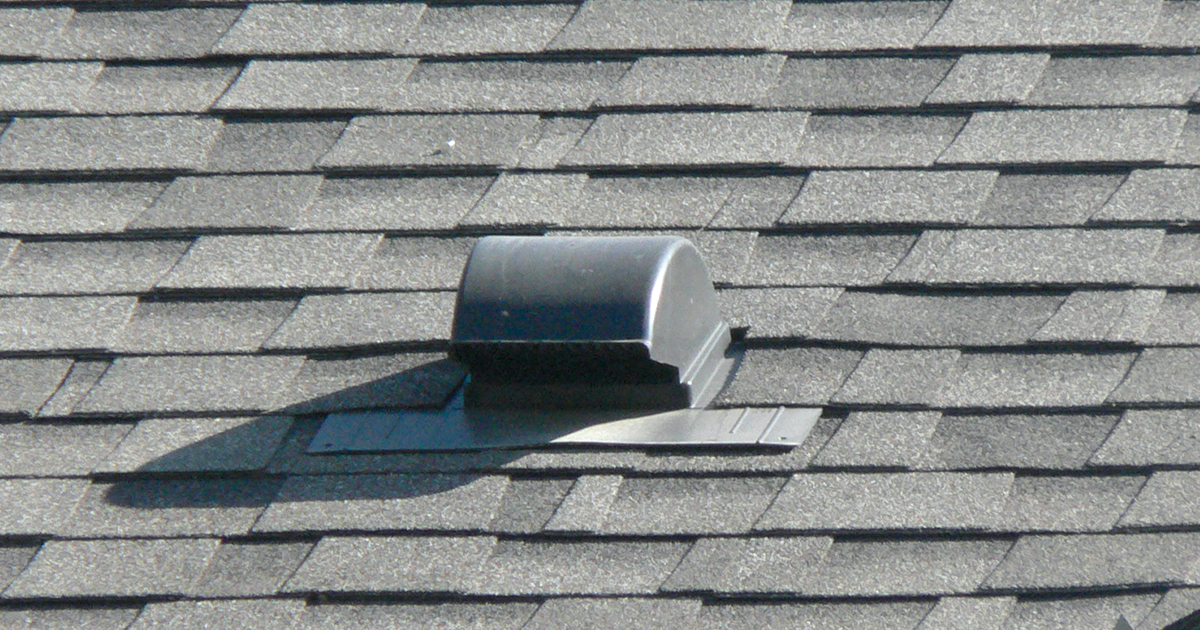
The Role of Kitchen Ventilation
 Proper ventilation is crucial in kitchen design, as it plays a vital role in maintaining a healthy and comfortable living environment. It helps to remove excess heat, moisture, and odors from the kitchen, making it a more pleasant and functional space. There are two main options for kitchen ventilation: a vent in the roof or a vent in the wall. Each of these options has its advantages and disadvantages, and it is essential to understand them before making a decision.
Proper ventilation is crucial in kitchen design, as it plays a vital role in maintaining a healthy and comfortable living environment. It helps to remove excess heat, moisture, and odors from the kitchen, making it a more pleasant and functional space. There are two main options for kitchen ventilation: a vent in the roof or a vent in the wall. Each of these options has its advantages and disadvantages, and it is essential to understand them before making a decision.
Vent in the Roof
 A kitchen vent in the roof, also known as a range hood, is a popular choice for many homeowners. This type of ventilation system is installed above the stove and is designed to remove smoke, odors, and excess heat from the kitchen. The vent is connected to a duct that leads to the roof, where the air is released outside the house. One of the main benefits of a roof vent is that it eliminates the need for a separate exhaust fan, saving space and reducing clutter in the kitchen.
However, a roof vent can be challenging to install, especially in homes with multiple stories. It requires cutting through the roof and creating a hole for the duct, which can be a time-consuming and costly process. Additionally, if not installed correctly, a roof vent can lead to leaks and damage to the roof, causing further expenses. It is crucial to hire a professional to install a roof vent to ensure it is done correctly and does not cause any issues in the long run.
A kitchen vent in the roof, also known as a range hood, is a popular choice for many homeowners. This type of ventilation system is installed above the stove and is designed to remove smoke, odors, and excess heat from the kitchen. The vent is connected to a duct that leads to the roof, where the air is released outside the house. One of the main benefits of a roof vent is that it eliminates the need for a separate exhaust fan, saving space and reducing clutter in the kitchen.
However, a roof vent can be challenging to install, especially in homes with multiple stories. It requires cutting through the roof and creating a hole for the duct, which can be a time-consuming and costly process. Additionally, if not installed correctly, a roof vent can lead to leaks and damage to the roof, causing further expenses. It is crucial to hire a professional to install a roof vent to ensure it is done correctly and does not cause any issues in the long run.
Vent in the Wall
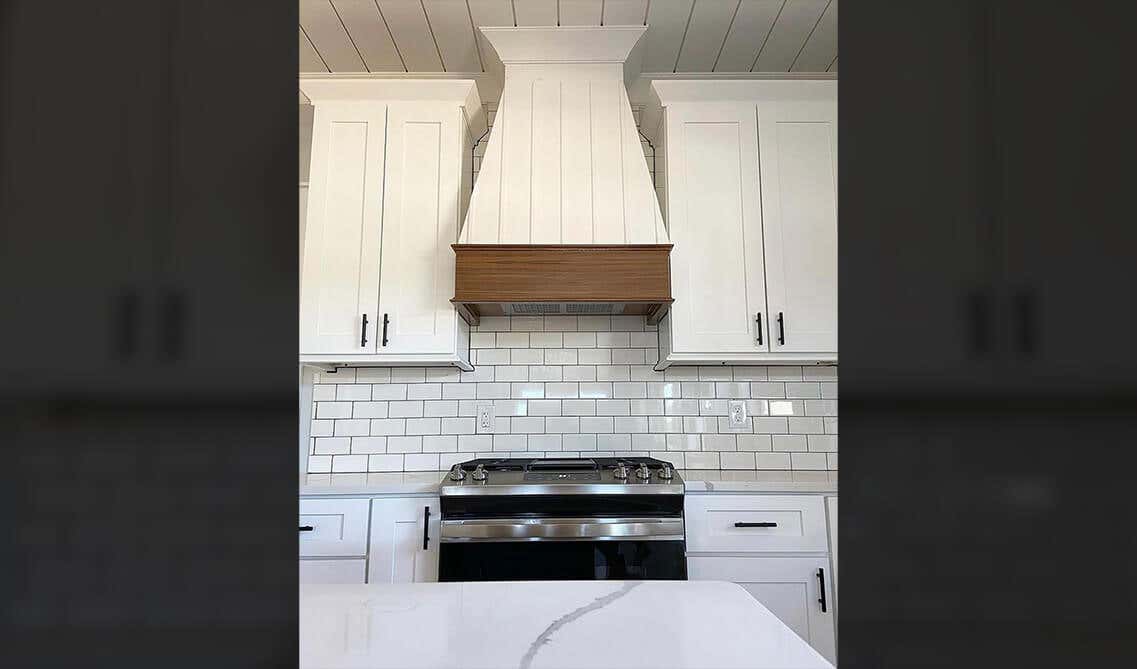 A kitchen vent in the wall is another popular option for ventilation. This type of ventilation system is installed on an exterior wall and works similarly to a roof vent, removing excess heat, smoke, and odors from the kitchen. The main benefit of a wall vent is that it is easier and less expensive to install compared to a roof vent. It also allows for more flexibility in kitchen design, as it does not require any modification to the roof.
However, a vent in the wall can be less effective in removing smoke and odors compared to a roof vent. This is because it is located closer to the ground and may not have the same amount of suction power as a range hood. Additionally, a wall vent can take up valuable storage space in the kitchen and may not be suitable for smaller kitchens with limited wall space.
A kitchen vent in the wall is another popular option for ventilation. This type of ventilation system is installed on an exterior wall and works similarly to a roof vent, removing excess heat, smoke, and odors from the kitchen. The main benefit of a wall vent is that it is easier and less expensive to install compared to a roof vent. It also allows for more flexibility in kitchen design, as it does not require any modification to the roof.
However, a vent in the wall can be less effective in removing smoke and odors compared to a roof vent. This is because it is located closer to the ground and may not have the same amount of suction power as a range hood. Additionally, a wall vent can take up valuable storage space in the kitchen and may not be suitable for smaller kitchens with limited wall space.
Choosing the Right Kitchen Ventilation Option
 When it comes to kitchen ventilation, there is no one-size-fits-all solution. The best option for your kitchen will depend on various factors, such as the layout of your home, your budget, and your personal preferences. It is essential to consider the pros and cons of each option and consult with a professional to determine the best choice for your specific needs. Whichever option you choose, proper ventilation is a crucial aspect of kitchen design that should not be overlooked. It will not only improve the air quality in your kitchen but also enhance the overall functionality and aesthetics of your home.
When it comes to kitchen ventilation, there is no one-size-fits-all solution. The best option for your kitchen will depend on various factors, such as the layout of your home, your budget, and your personal preferences. It is essential to consider the pros and cons of each option and consult with a professional to determine the best choice for your specific needs. Whichever option you choose, proper ventilation is a crucial aspect of kitchen design that should not be overlooked. It will not only improve the air quality in your kitchen but also enhance the overall functionality and aesthetics of your home.



